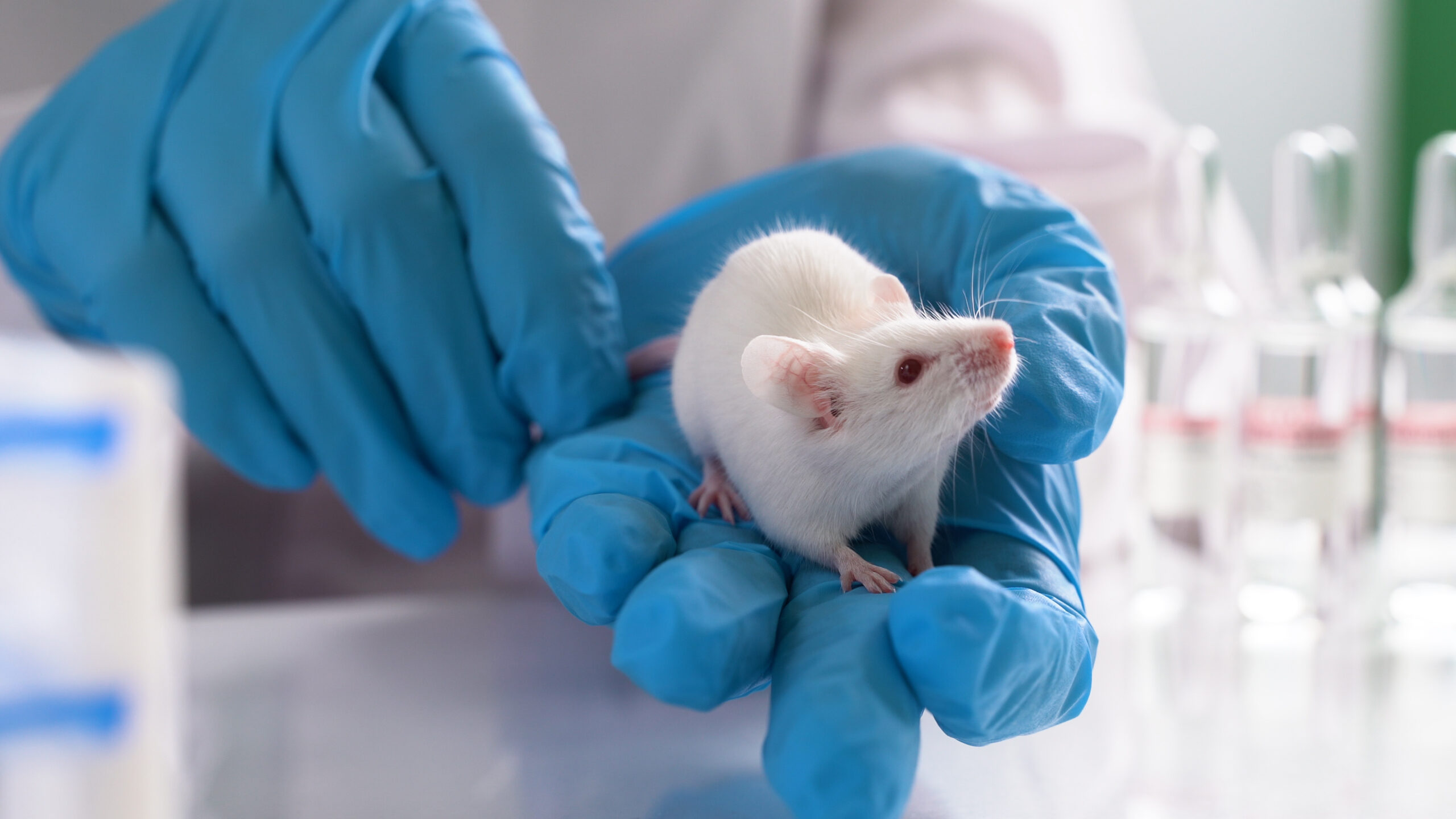What if tweaking your diet could add years—or even decades—to your life? According to research published in Cell Metabolism, adjusting one specific nutrient intake could be a key to longer, healthier living, and it has already led to increased lifespan in mice. But can this…
Category: 7. SciTech
-
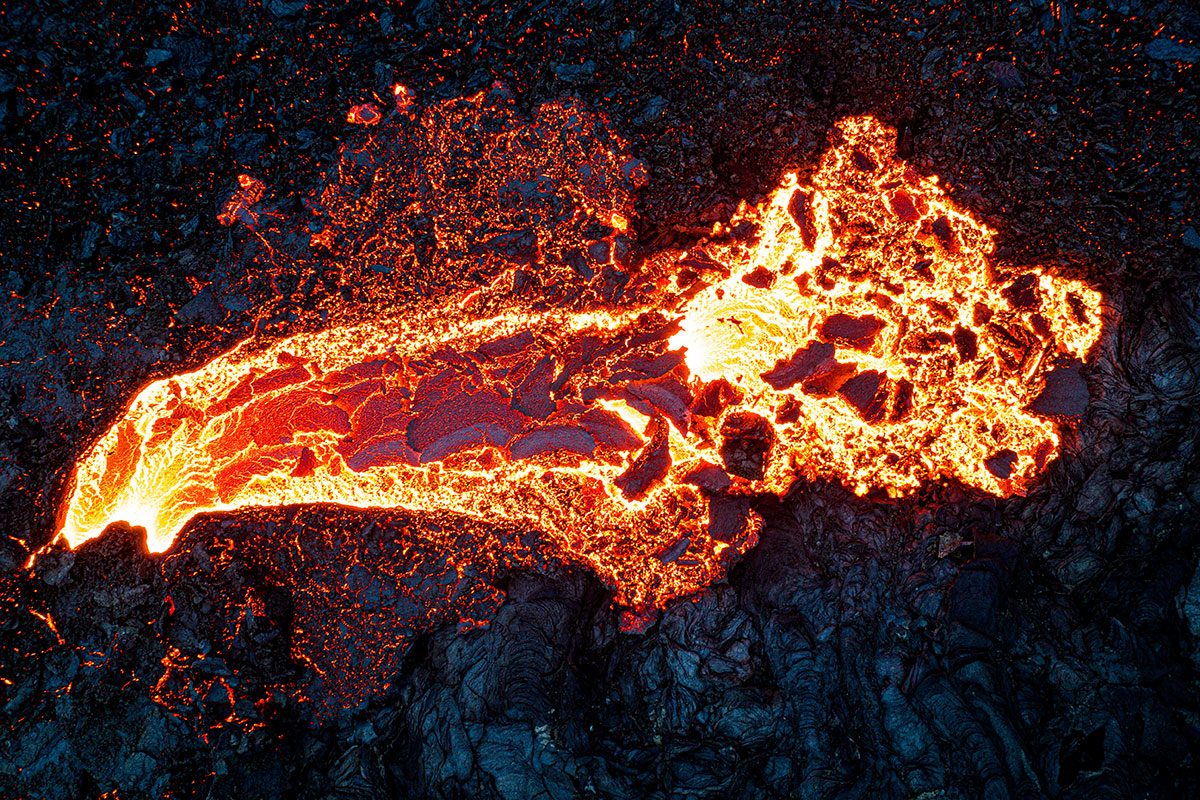
This massive ‘zombie’ volcano might not be so dead after all
A huge “zombie” volcano in Bolivia is showing signs of life, but scientists say, thankfully, that there is little immediate risk of an eruption.
Uturuncu, a towering peak in the Central Andes, last erupted around 250,000 years ago.
Yet for decades, researchers have observed unusual activity…
Continue Reading
-

The Agonizing Task of Turning Europe’s Power Back On
At 12:30 pm local time on Monday, the power went out. Across Spain and Portugal trains, planes, and traffic lights abruptly stopped working.
Reports emerged of people being stuck in lifts, and Google Maps live data showed traffic jams in big cities, including Madrid and Barcelona, as they became…
Continue Reading
-

Tornadoes remain a deadly mystery — and researchers are fighting against time to save lives
Devastating tornadoes cause hundreds of millions of dollars in damage and dozens of deaths across the U.S. each year. They upend homes and…
Continue Reading
-

What does ‘remastering’ an album actually mean?
“Digitally remastered!” Whether it’s another 10-disc Beatles box set just in time for the holiday season or a compilation of hip-hop classics on Spotify, relatively old songs will almost certainly…
Continue Reading
-
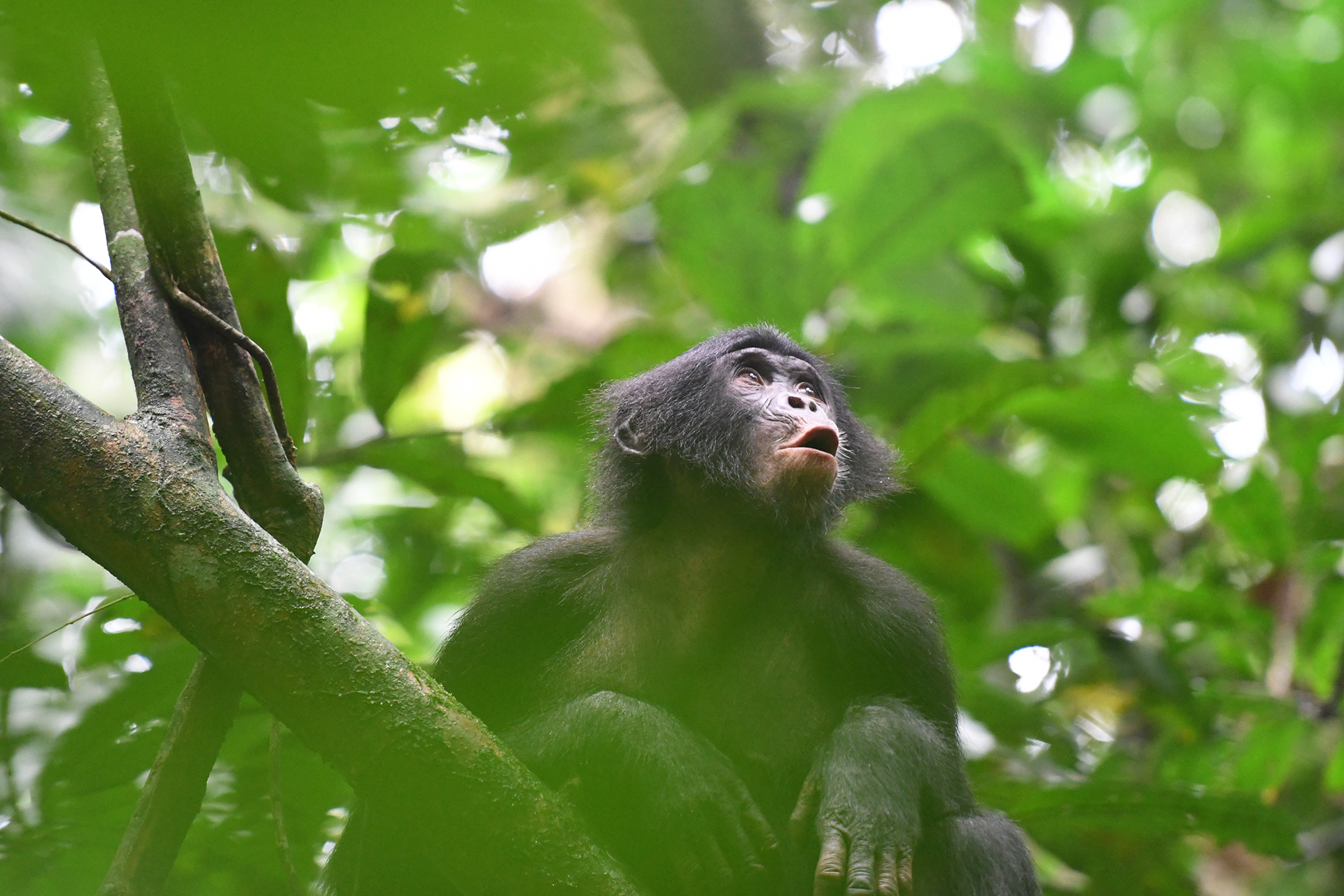
Turns out, bonobos ‘talk’ a lot like humans — Harvard Gazette
How old is language? A new study from researchers at the University of Zurich and Harvard University reveals that bonobos, our closest living relatives alongside chimpanzees, use the equivalent of word compounds and phrasings, suggesting that the roots of language predate…
Continue Reading
-
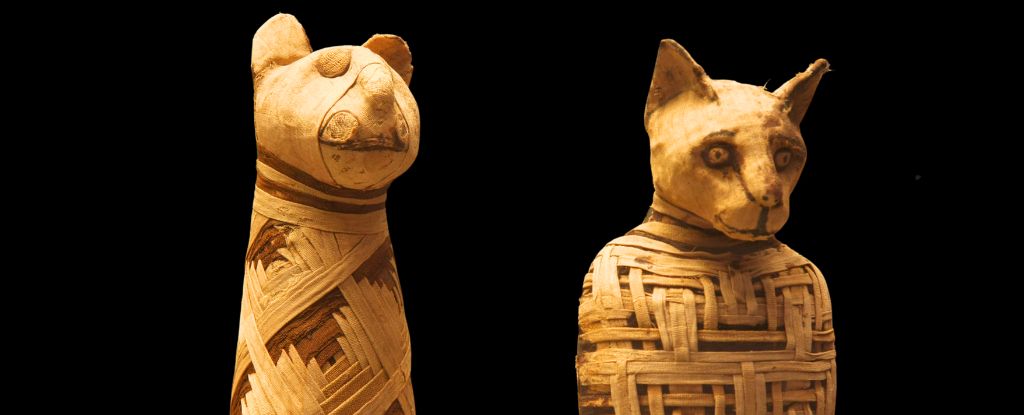
The Modern Cat May Have Emerged From Ancient Egyptian Ritual Sacrifice : ScienceAlert
The macabre world of ancient Egyptian ritual sacrifice may have contributed to the domestication of cats, new research suggests.
Mummified cats (Felis catus) were such a common offering to the Egyptian gods around 3,000 years ago that humans started breeding them (along with other sacrificial…
Continue Reading
-
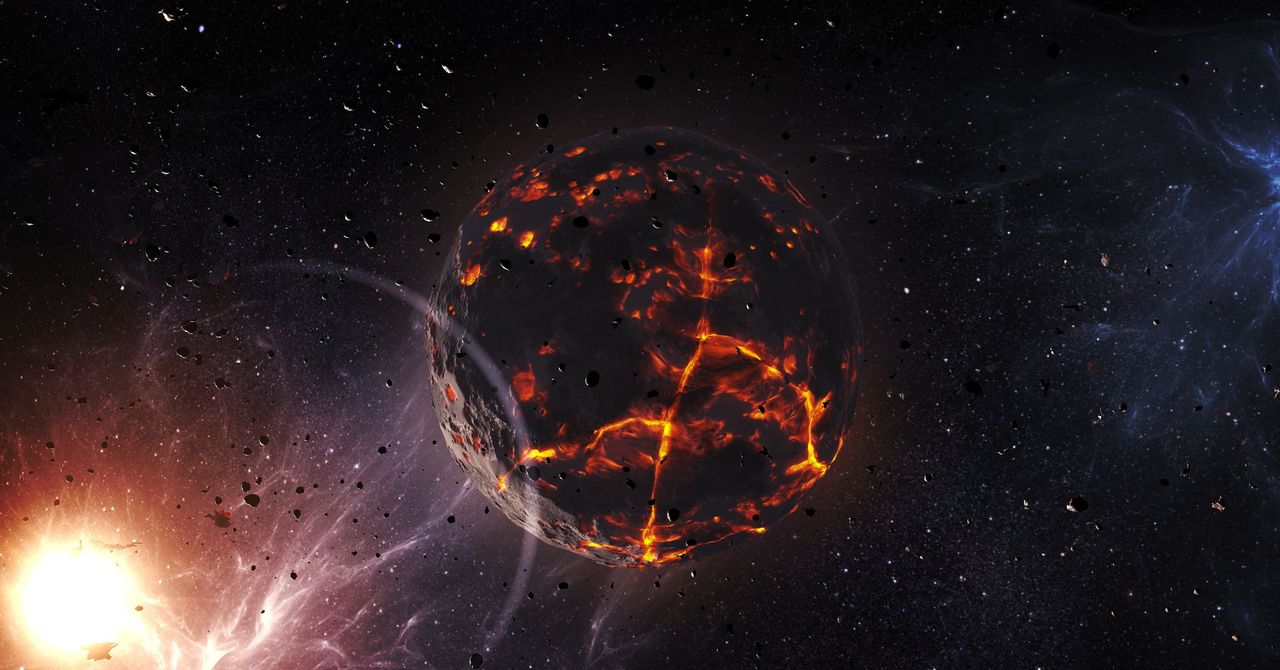
Scientists Believe They’ve Witnessed ‘Planetary Suicide’ for the First Time
Two years ago, astronomers believe they detected a star devouring one of its planets. Now, new observations of the aftermath of same event from the James Webb Space Telescope have suggested a scenario previously only considered in the realms of science fiction: that a planet about the size of…
Continue Reading
-
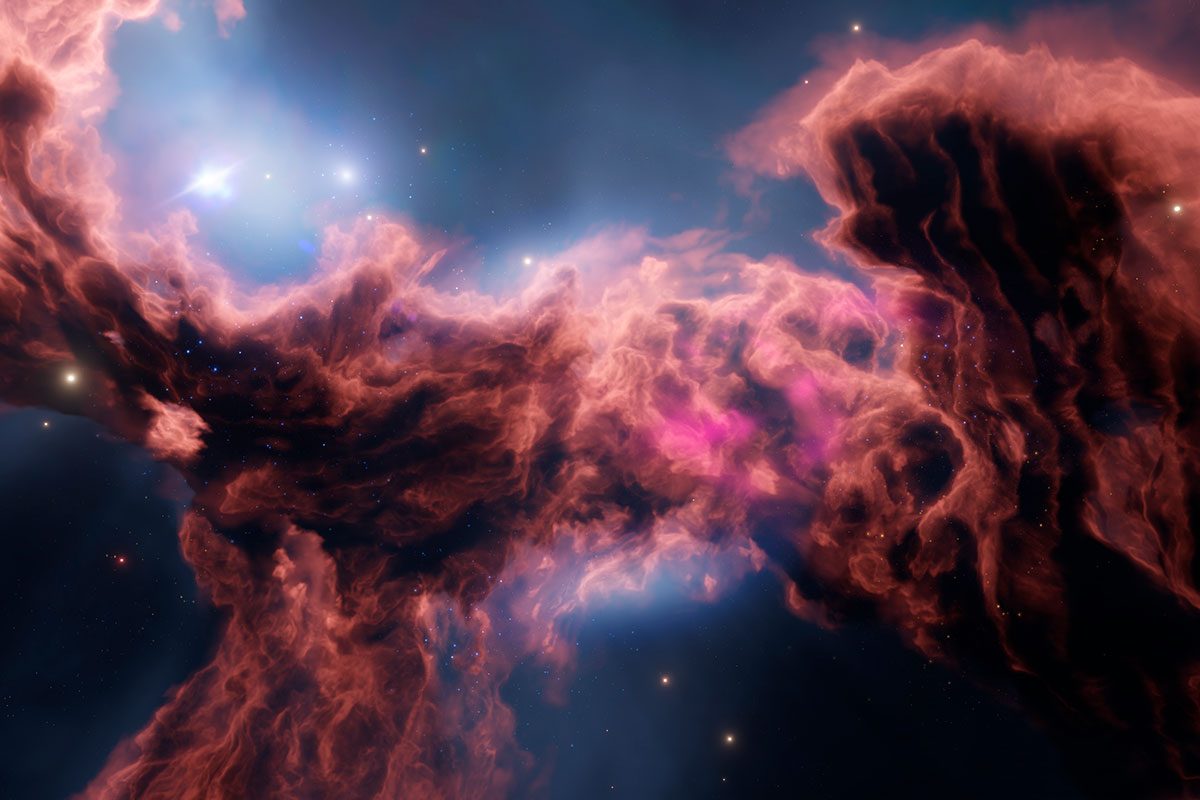
Massive star-forming cloud found strangely close to Earth
A vast cloud of hydrogen gas – one of the largest single structures ever observed in the sky – has been discovered surprisingly close to Earth.
Named Eos after the Greek goddess of the dawn, the cloud was detected because of its faint far-ultraviolet light naturally emitted by hydrogen…
Continue Reading
-

Why scientists are blaming influencers for rise in shark attacks
Social media influencers encouraging travellers to “stroke” sharks are behind a rise in shark attacks, according to a new study.
The…
Continue Reading
